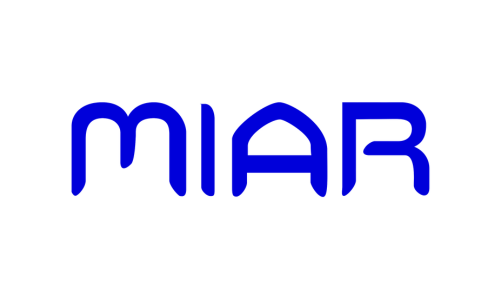The Impact of the Wheat Bran on the Quality of the Biscuits and Their Nutritional Value
Abstract
The wheat bran represent a byproduct in the industry of wheat milling, which in addition to being used as a food for the livestock, they can also be used as an additional source of the diet fibers for prevention of many illnesses. In the production of biscuits, the latter being the products that have an advantage as compared to the bread, given that they are used in many state run programs in order to adapt to the needs of the population, the utilization of the wheat bran will increase the nutritional values in it and the interest for these products, in addition it will have an impact on the reology attributes of the dough and on the sensory qualities of the biscuits. In this study, the wheat brans have been added in the scale of 5, 10, 15 till 20%. The rheologycal attributes indicate an increase in water absorption, increase in the stability of dough, increase in the level of the degree of softening and a decrease on extensibility and of energy. The biscuits which are produced with added bran of 5 and 10%, exhibit better sensory attributes, respectively they exhibit a smoother surface with an attractive color, specific aroma and taste which increases with the increase of wheat bran. The nutritional values of the biscuits indicate that the calories values decrease with the increase of wheat bran, whereas the amount of the minerals, cellulose and fats increases. All the biscuits, notwithstanding the amount of wheat bran, are safe to be consumed.
Keywords: wheat bran, biscuits, rheology attributes, nutritional values, aroma.
Downloads
Published
How to Cite
Issue
Section
License
Declaration/Copyright transfer:
1. In consideration of the undertaking set out in paragraph 2, and upon acceptance by ANGLISTICUM for publication of the manuscript in the Journal, I/We hereby assign and transfer publication rights to ANGLISTICUM, whereas I/We retain the copyright for the manuscript. This assignment provides ANGLISTICUM the sole right and responsibility to publish the manuscript in its printed and online version, and/or in other media formats.
2. In consideration of this assignment, ANGLISTICUM hereby undertakes to prepare and publish the manuscript in the Journal, subject only to its right to refuse publication if there is a breach of the Author’s warranty in paragraph 4 or if there are other reasonable grounds.
3. Editors and the editorial board of ANGLISTICUM are empowered to make such editorial changes as may be necessary to make the Manuscript suitable for publication.
4. I/We hereby acknowledge that: (a) The manuscript submitted is an original work and that I/We participated in the work substantively and thus I/We hereby are prepared to take public responsibility for the work; (b) I/We hereby have seen and approved the manuscript as submitted and that the manuscript has not either been published, submitted or considered for publication elsewhere; (c) The text, illustration, and any other materials included in the manuscript do not infringe upon any existing copyright or other rights of anyone.
5. I/We hereby indemnify ANGLISTICUM and the respective Editors of the Journal as mentioned in paragraph 3, and hold them harmless from any loss, expense or damage occasioned by a claim or suit by a third party for copyright infringement, or any suit arising out of any breach of the foregoing warranties as a result of publication of the manuscript.













